Title Page HOW TO BE BRILLIANT AT SPELLING Irene Yates Publisher Information Originally published by Brilliant Publications Unit 10, Sparrow Hall Farm, Edlesborough, Dunstable, Beds., UK, LU6 2ES www.brilliantpublications.co.uk Digital version converted and published in 2011 by Andrews UK Limited www.andrewsuk.com Written by Irene Yates Illustrated by Kate Ford Irene Yates 1995 First published in 1995 Reprinted in 1997, 1999, 2003 The right of Irene Yates to be identified as author of this work has been asserted by her in accordance with the Copyright, Designs and Patents Act 1988. Certain indicated sections may be printed/photocopied by individual teachers for class use, without permission from the publisher and without declaration to the publishers Licensing Society. The materials may not be reproduced in any other form or for any other purpose without the prior permission of the publisher. Introduction 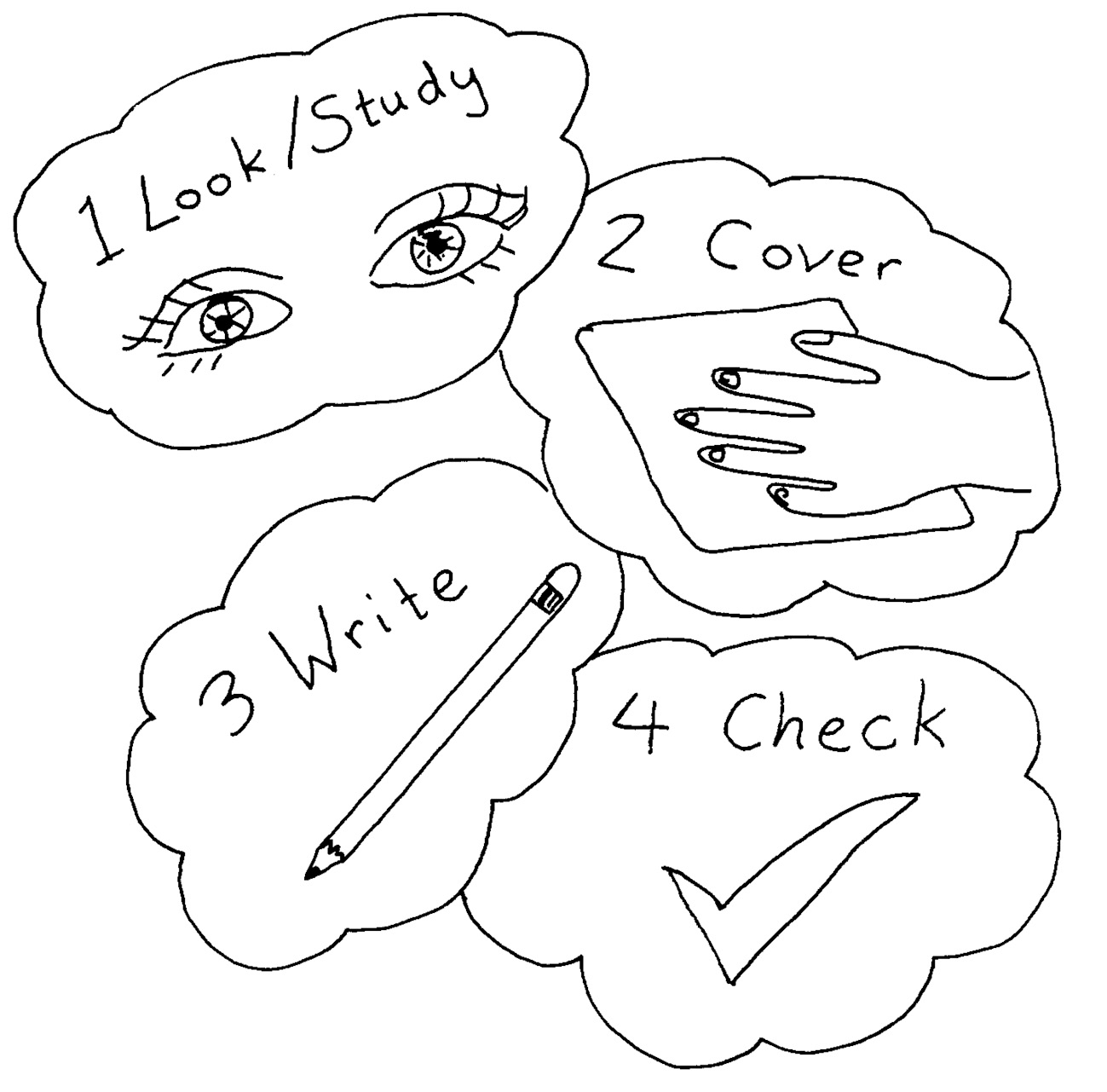 Strong visual perception, visual memory and recall, well-developed auditory discrimination and auditory memory are necessary for good spelling. Positive and practical encouragement, workable strategies and systematic teaching will develop these skills in all children. In turn, the skills will lead them towards spelling confidence.
Strong visual perception, visual memory and recall, well-developed auditory discrimination and auditory memory are necessary for good spelling. Positive and practical encouragement, workable strategies and systematic teaching will develop these skills in all children. In turn, the skills will lead them towards spelling confidence.
There is a proven link between handwriting and spelling. A child is helped to spell a word correctly when the handwriting flows. Cursive writing is much more valuable for spelling than printing where the child forms each letter separately, taking the pencil from the paper for each one. Regular handwriting lessons will help children with letter sequencing. Copying a word is not a good idea since children tend to look at a letter, write it, then go back to look at the next letter, write that, go back to look at the next, etc. It is much better to break the word into syllables or clusters of letters and write each one as a unit, covering the original word.
In this way the child will develop visual/auditory memory and recall. Spelling rules which are most useful at Key Stage 2 are included in this book. A planned and structured course of spelling instruction can stimulate childrens interest in language and how it works. They are often intrigued by the origins of words and the reasons why they are spelled the way they are. This kind of information helps them, in turn, to become confident and positive spellers. Links to the National Curriculum The activities in How to be Brilliant at Spelling allow children to have opportunities to: 2Key skills aplan, draft and improve their work.
They should be taught to: proof read - check the draft for spelling errors, omissions and repetitions. din spelling, accumulate a bank of words that they can spell correctly, and to check spellings and meanings of words, using dictionaries where appropriate. They should be taught: the meaning, use and spelling of common prefixes and suffixes; the relevance of word families, roots and origins of words; alternative ways of writing the same sound; the spelling of words with inflectional endings. Pupils should be taught to: spell complex, polysyllabic words that conform to regular patterns, and to break long and complex words into more manageable units, by using their knowledge of meaning and word structure; memorize the visual patterns of words, including those that are irregular; recognize silent letters; use the apostrophe to spell shortened forms of words; use appropriate technology, including vowel and consonant. Learn the Vowels Irene Yates This page may be printed/photocopied for use in the classroom only. Five of the letters in the alphabet are called vowels.
They are the ones you sound in your throat with your mouth open. You need to learn the vowels off by heart. There are only five, so its not hard work. They are: a e i o u Fill in the palm tree trunks with three or four letter words that contain one or more of the vowels. Go for twelve words for each vowel. Tip: Copying the letters of words one or two at a time wont make you a good speller. Tip: Copying the letters of words one or two at a time wont make you a good speller.
You need to practise seeing the whole word in your minds eye. 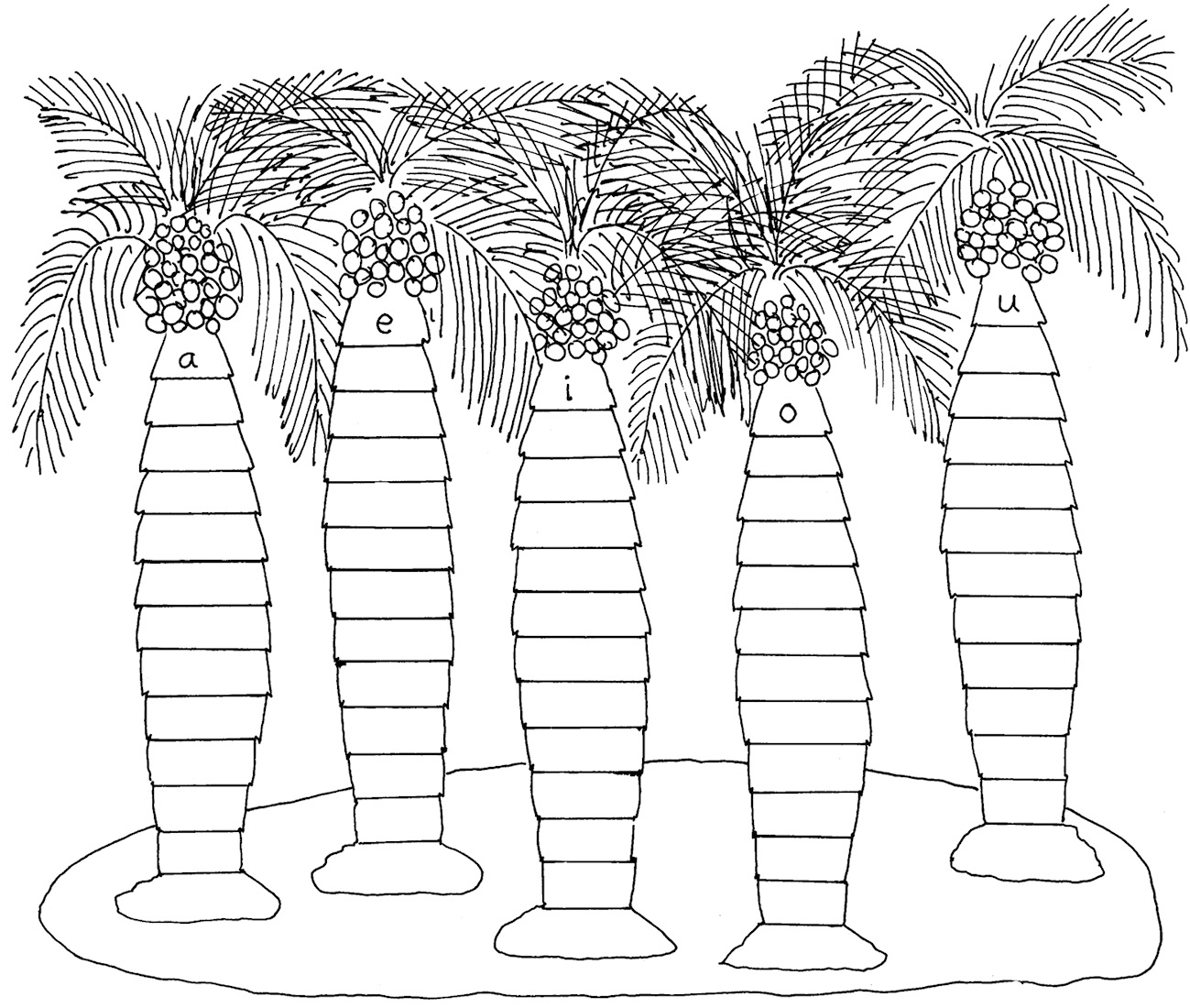 EXTRA! Sometimes, but not often, we use the letter y in place of i as a vowel. For example: rhythm. Make a collection of these words on a page in your word book. Learn the Consonants Irene Yates This page may be printed/photocopied for use in the classroom only. There are 26 letters of the alphabet.
EXTRA! Sometimes, but not often, we use the letter y in place of i as a vowel. For example: rhythm. Make a collection of these words on a page in your word book. Learn the Consonants Irene Yates This page may be printed/photocopied for use in the classroom only. There are 26 letters of the alphabet.
Five are vowels, so that leaves 21 consonants. Consonants are the sounds made by making different shapes with your lips and tongue. Write the consonants in alphabetical order in the comet heads. Write two words for each letter in the comet tails - the consonant can be the initial letter or be a letter within the word. Try to make them words you would use in your writing. Check your words in a dictionary.
Circle any words youve had trouble with.  Choose no more than five words you would like to learn. Write them here:
Choose no more than five words you would like to learn. Write them here:  EXTRA! Try to fix a picture of the five words in your head. Write a first draft of a short poem or story using the words. Check them again. Sound Bites Irene Yates This page may be printed/photocopied for use in the classroom only.
EXTRA! Try to fix a picture of the five words in your head. Write a first draft of a short poem or story using the words. Check them again. Sound Bites Irene Yates This page may be printed/photocopied for use in the classroom only.
Words break into sound units, or beats, which are called syllables. You need to sound words aloud to find out how many syllables they have. Remember youre to think about how they sound, not how they look. Tip: Every syllable contains at least one vowel. For example: When nine thousand aliens landed in the school playground, our headteacher went wild. 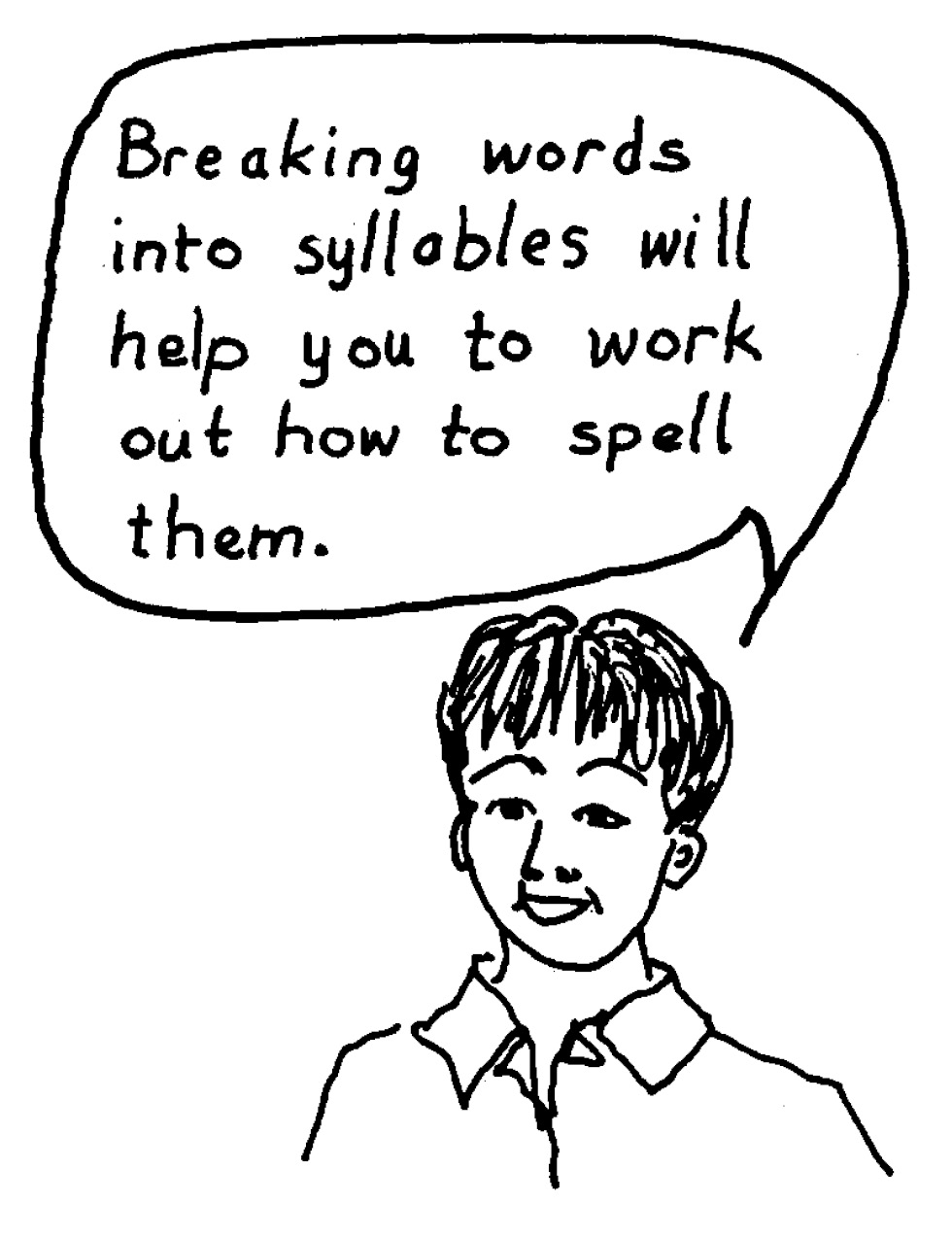 Count the number of words with 1, 2, 3 or 4 syllables and fill in this chart:
Count the number of words with 1, 2, 3 or 4 syllables and fill in this chart:
| Words with 1 syllable | Words with 2 syllables | Words with 3 syllables | Words with 4 syllables |
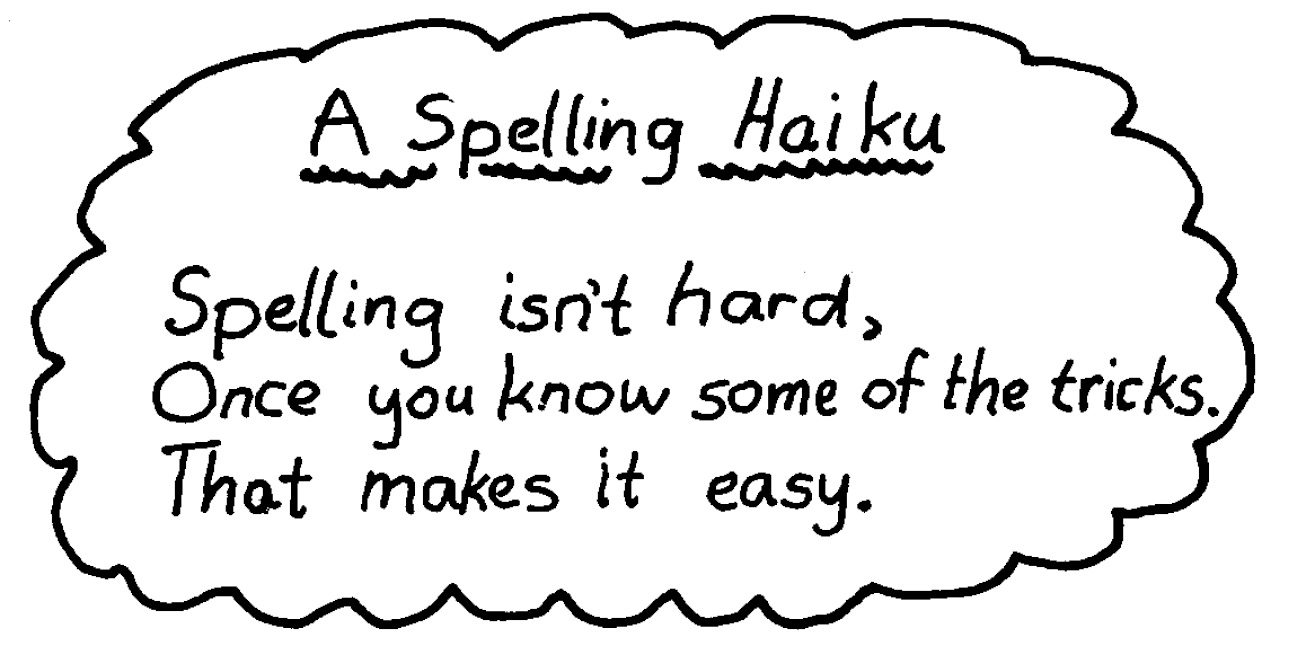 EXTRA!
EXTRA! Write some Haiku poems.

Count the number of words with 1, 2, 3 or 4 syllables and fill in this chart:
| Words with 1 syllable | Words with 2 syllables | Words with 3 syllables | Words with 4 syllables |
 EXTRA!
EXTRA! Write some Haiku poems.
A Haiku has three lines: Line 1 = 5 syllables Line 2 = 7 syllables Line 3 = 5 syllables The Four-Step Method Irene Yates This page may be printed/photocopied for use in the classroom only. The four-step method to learning how to spell a word is: 
Next page

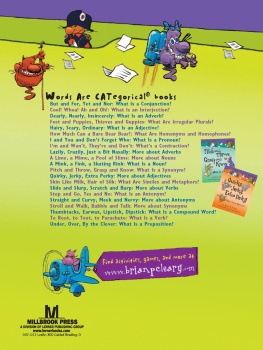
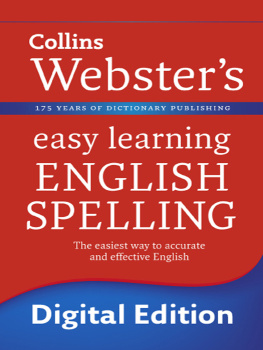

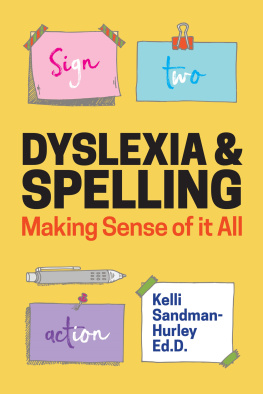
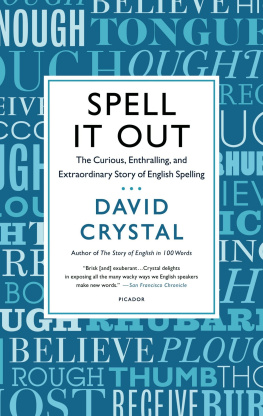
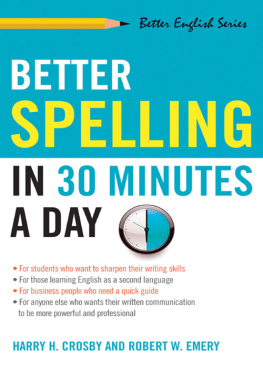
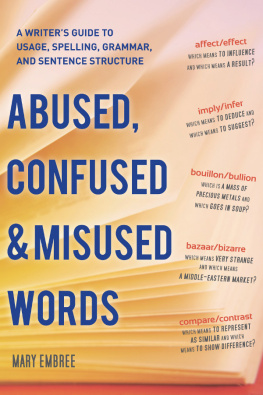

 Strong visual perception, visual memory and recall, well-developed auditory discrimination and auditory memory are necessary for good spelling. Positive and practical encouragement, workable strategies and systematic teaching will develop these skills in all children. In turn, the skills will lead them towards spelling confidence.
Strong visual perception, visual memory and recall, well-developed auditory discrimination and auditory memory are necessary for good spelling. Positive and practical encouragement, workable strategies and systematic teaching will develop these skills in all children. In turn, the skills will lead them towards spelling confidence. EXTRA! Sometimes, but not often, we use the letter y in place of i as a vowel. For example: rhythm. Make a collection of these words on a page in your word book. Learn the Consonants Irene Yates This page may be printed/photocopied for use in the classroom only. There are 26 letters of the alphabet.
EXTRA! Sometimes, but not often, we use the letter y in place of i as a vowel. For example: rhythm. Make a collection of these words on a page in your word book. Learn the Consonants Irene Yates This page may be printed/photocopied for use in the classroom only. There are 26 letters of the alphabet. Choose no more than five words you would like to learn. Write them here:
Choose no more than five words you would like to learn. Write them here:  EXTRA! Try to fix a picture of the five words in your head. Write a first draft of a short poem or story using the words. Check them again. Sound Bites Irene Yates This page may be printed/photocopied for use in the classroom only.
EXTRA! Try to fix a picture of the five words in your head. Write a first draft of a short poem or story using the words. Check them again. Sound Bites Irene Yates This page may be printed/photocopied for use in the classroom only. Count the number of words with 1, 2, 3 or 4 syllables and fill in this chart:
Count the number of words with 1, 2, 3 or 4 syllables and fill in this chart: EXTRA! Write some Haiku poems.
EXTRA! Write some Haiku poems. 